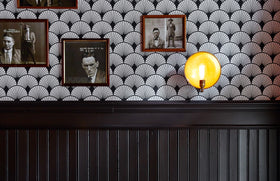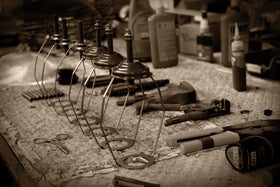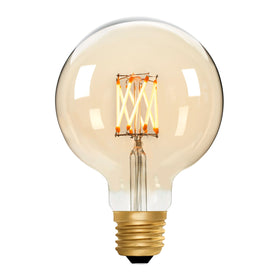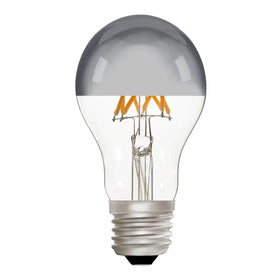
Three Common Myths About Light Bulbs
One of the most important inventions of the past few centuries was the invention of the lightbulb, which fundamentally transformed our homes, towns and lives and has continued to do so ever since, from allowing us to travel through towns at night safely to having quirky lighting brighten our days.
However, as with any technology with such a long history, a series of myths, legends and falsehoods exist about light bulbs that, whilst fascinating, do need to be debunked.
The Wizard Of Menlo Park
The invention of the lightbulb is often credited to the inventor and entrepreneur Thomas Edison. However, whilst he is an important part of the story, he is only one of several incredible inventors who contributed to its development.
Ebenezer Kinnersley first demonstrated the incandescence principle in 1761, Humphrey Davy was the first to create an incandescent light of any kind, albeit an impractical one, James Bowman Lindsay developed a usable light in 1835 and many others worked on the concept.
Even in terms of commercialisation, Joseph Swan beat Mr Edison to sale, at least in the United Kingdom, to the point that the pair merged their companies in 1883 to avoid losing a legal case.
However, Thomas Edison was prolific, and he developed an infrastructure that meant that his lightbulb was one of the first to be widely used.
Nothing Lasts Forever
LED light bulbs, as are commonly used in energy-saving and smart light bulbs, last an exceptionally long time compared to incandescent lightbulbs. However, they are not immortal.
Typically they can last between 10,000 and 50,000 hours, which has sometimes led to claims that an LED bulb will last over a decade. Whilst that can be true if the light is not used very often, it is not a very useful metric.
A Centennial Bulb
There is a bulb that has not been turned off since 1901 and has kept itself shining for over 120 years, although unfortunately, this is not an uninterrupted record.
The famous Livermore Lightbulb has, despite often being claimed to be the longest running light bulb ever, been moved twice, and was not immune until 1976 to power outages and other interruptions to the grid.
However, it has been off for less than an hour in over a century, and most record keepers allow for its incredible feat to stand in spite of this technicality.







